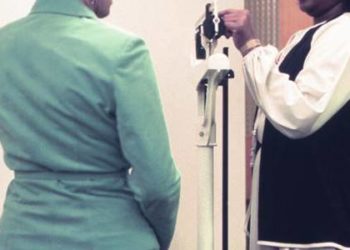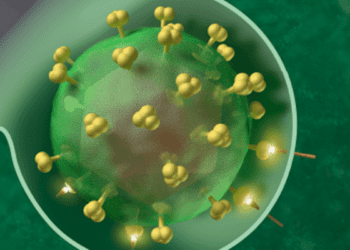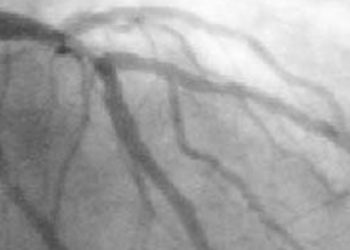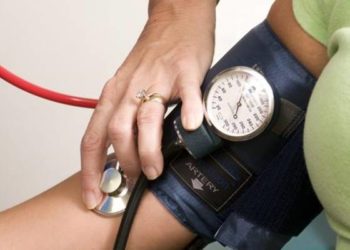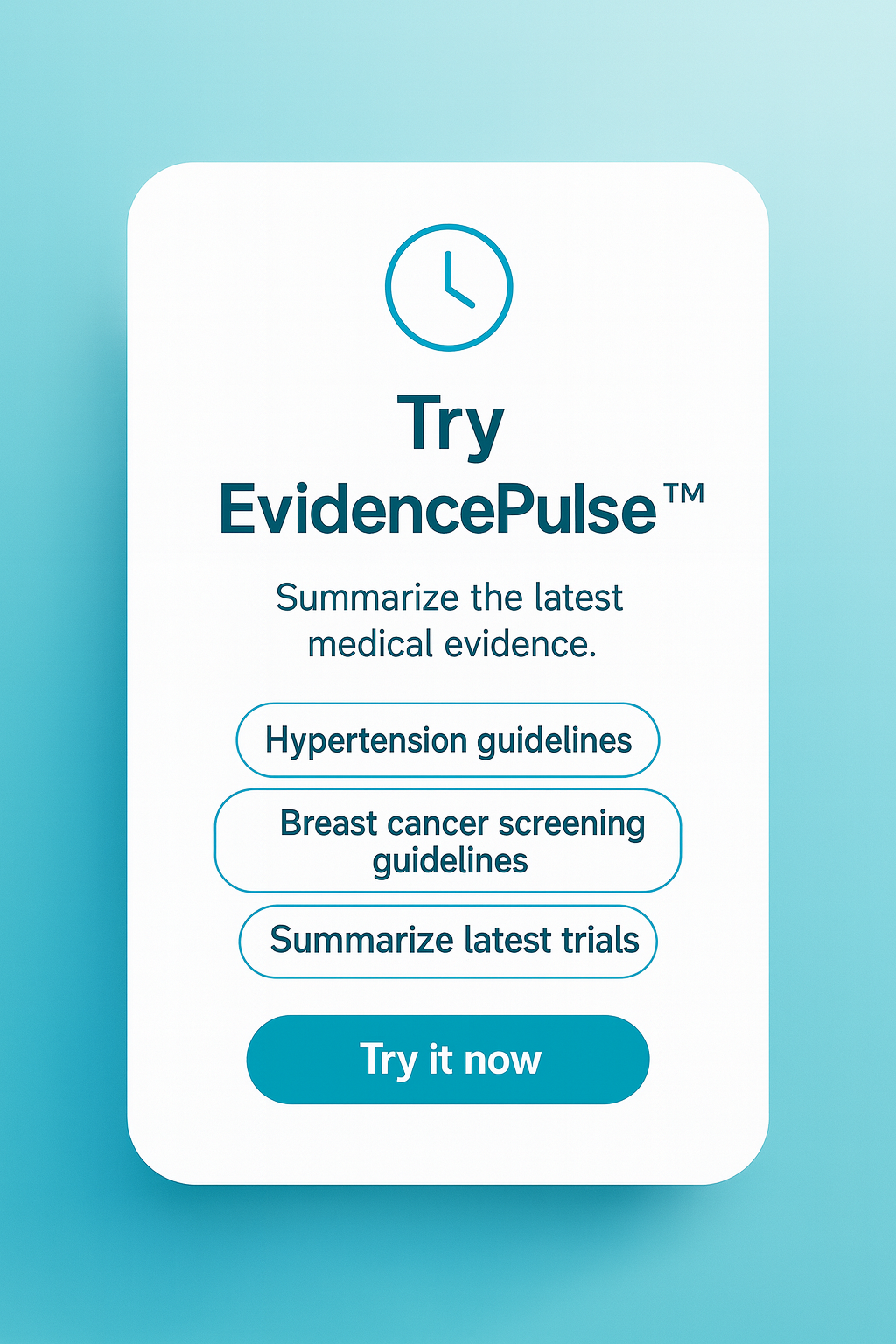Pulsed field ablation noninferior to cryoablation for reducing paroxysmal atrial fibrillation recurrence
1. In this randomized controlled trial of patients with symptomatic paroxysmal atrial fibrillation, pulsed field ablation (PFA) was noninferior to cryoablation in reducing the incidence of first recurrence of atrial tachyarrhythmias.
2. The incidence of procedure-related complications was comparable between the PFA and cryoablation groups.
Evidence Rating Level: 1 (Excellent)
Study Rundown: PAF is a common arrhythmia associated with an increased risk of ischemic stroke. Catheter-based ablative pulmonary vein isolation is effective in treating symptomatic patients and superior to medications in maintaining sinus rhythm and managing symptoms. Thermal-based techniques such as radiofrequency and cryoablation lack tissue specificity and carry the risk of injuring adjacent structures. PFA is a non-thermal method with high specificity to myocardial tissue and has demonstrated safety in previous studies. This trial compared PFA against cryoablation in patients with symptomatic paroxysmal atrial fibrillation. All patients received an implantable cardiac monitor for continuous rhythm monitoring. At days 91 and 365 following ablation, the PFA group was non-inferior to cryoablation in the incidence of recurrence of atrial tachyarrhythmias. Procedure-related complications occurred infrequently in both groups. Secondary outcomes, including repeat ablation and reinitiation of antiarrhythmic agents, were similar across the two groups. These findings were limited to the pentaspline PFA catheter used by experienced operators. This trial utilized continuous rhythm monitoring, which potentially yielded a higher rate of detecting arrhythmia compared to prior studies. Overall, these results suggested that PFA was non-inferior to cryoballoon ablation in reducing the recurrence of atrial tachyarrhythmia in patients with symptomatic paroxysmal atrial fibrillation.
Click here to read the study in NEJM
Relevant Reading: Pulsed Field or Conventional Thermal Ablation for Paroxysmal Atrial Fibrillation
In-Depth [randomized controlled trial]: This noninferiority trial compared PFA against cryoablation in reducing PAF recurrence. Patients 18 years of age or older who had symptomatic PAF and were eligible for pulmonary-vein isolation ablation were included. In total, 210 patients were randomized 1:1 to undergo PFA or cryoablation, employing either the pentaspline PFA catheter (PFA group) or cryoballon (cryoablation group). The primary outcome was the first recurrence of atrial tachyarrhythmia lasting ≥30 seconds between days 91 and 365 after ablation. The primary endpoint occurred in 39 patients in the PFA group and 53 patients in the cryoablation group, with the Kaplan-Meier cumulative incidence being 37.1% and 50.7%, respectively (between-group difference, -13.6 percentage points; 95% Confidence Interval [CI], -26.9 to 0.3; p<0.001 for noninferiority and p=0.046 for superiority of PFA versus cryoablation). The safety outcome, composite of procedure-related complications, occurred in one patient (1.0%) in the PFA group (stroke) and two patients (1.9%) in the cryoablation group (all cardiac tamponade). Atrial tachyarrhythmia recurrence was lower with PFA during both the blanking period (days 1-90) (between-group difference, -20.0 percentage points; 95% CI, -33.2 to -6.8) and the overall study period (days 1-365) (difference -18.2, percentage points; 95% CI, -31.5 to -4.9). Secondary clinical outcomes occurred at comparable rates between the two groups, with no deaths in either. Additionally, PFA was associated with a shorter procedure time compared to cryoablation (55 minutes versus 73 minutes; difference -18.3 minutes; 95% CI -25.1 to -11.6). In summary, in patients with symptomatic paroxysmal atrial fibrillation, PFA was noninferior and borderline superior to cryoballoon ablation for preventing atrial tachyarrhythmia recurrence, with a comparable safety profile.
Image: PD
©2025 2 Minute Medicine, Inc. All rights reserved. No works may be reproduced without expressed written consent from 2 Minute Medicine, Inc. Inquire about licensing here. No article should be construed as medical advice and is not intended as such by the authors or by 2 Minute Medicine, Inc.

